We live in a small village outside of Marseilles. It is over a thousand years old—yes, over a thousand years old. A section of Roman road… (History) has passed through this village, down our street, in my house, and where I stand.
Our house is called a "MAISON DU VILLAGE," which means it is not a castle or a bastide. A Maison du village type of home is located in the center of the village, has at least three floors, and shares stone walls with other homes. The stone walls are about six feet thick. The rooftops are like a patchwork quilt.
This is the view outside our bedroom window. We are fortunate to have a garden. But it is a fish bowl garden because our neighbors can see into it.
Our shutters are Taupe color green.
In a French village, in the heart of the village, the streets are often narrow. The tiny street we live on is narrow like this. If I stand in the middle of the street, stretch out my arms, rock back and forth… I can touch the walls on either side.
It makes for good insulation. (Our home is heated by a fireplace and is very warm.) Parking is a challenge, carrying one's groceries from the car into the house is a natural work out. Packing in antiques or a clawfoot bathtub takes PURE, CRAZY EFFORT!
In the south of France, Provence, the French Rivera… the exterior walls are colorful. Shades of melon, peach, apricot or golden apple, mustard, autumn corn. The roofs are made from clay tiles called Tuiles. Which are made of clay. Years ago, they were shaped and made by women on their thighs. Yep, you read that right. The interiors of the homes are often more subtle in color as the exterior is vivid with color.
The Provencal sky is stark naked blue most of the time.
Fountains are everywhere. Our village has 16 fountains; this one is a stone's throw from our narrow street. The rod-iron bars on the fountain were used to place the water jug to collect water for the household.
The stone fountain is smooth like marble from a history of conversations that have taken place there while collecting water.
Colorful Shutters are a Must.
History, culture, and everything in between are evident in a French village. The exteriors do not change drastically, but the interiors—well, that is another story.
The bottom part of our home used to be where the pigs lived—way before my time. 400 years ago, it was transformed into a house. (The previous owner remodeled it.) So now the bottom part of our home is a kitchen and living room. It gives a new meaning to Hog Heaven, doesn't it?
Details of a French village, details in lost craftmanship. Passages of time are evident, and there is a sense that life continues no matter what happens.
Isn't this a darling tie-back for shutters? Most look like arrows. I think these are the most charming by far. Our house has them. I often think the person who added them had very good taste and was totally into details. I try to imagine her or him when I think about changing things. Which is every other minute.
More to come…
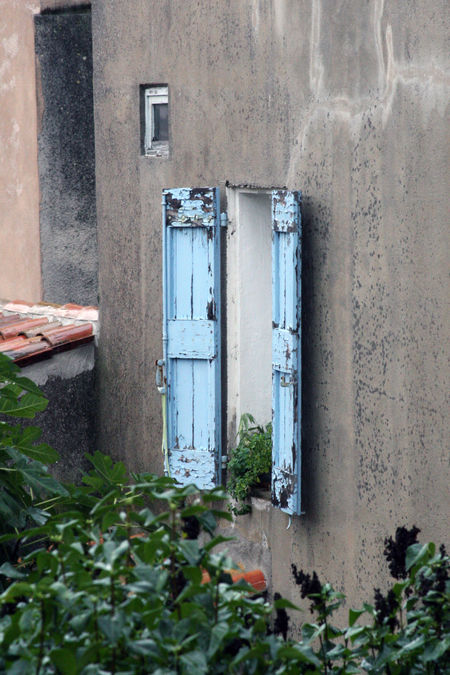
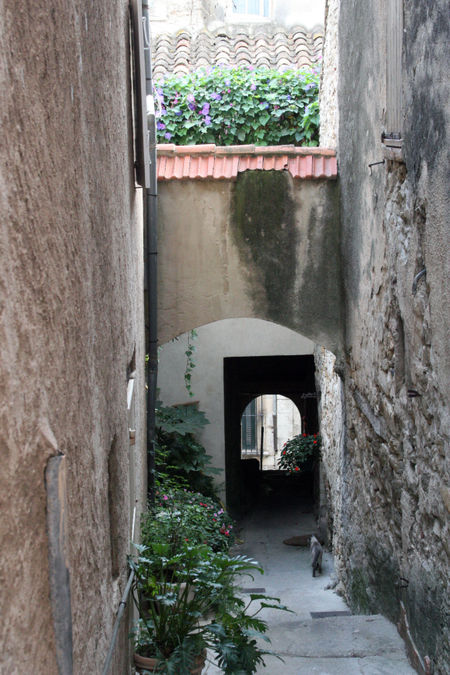
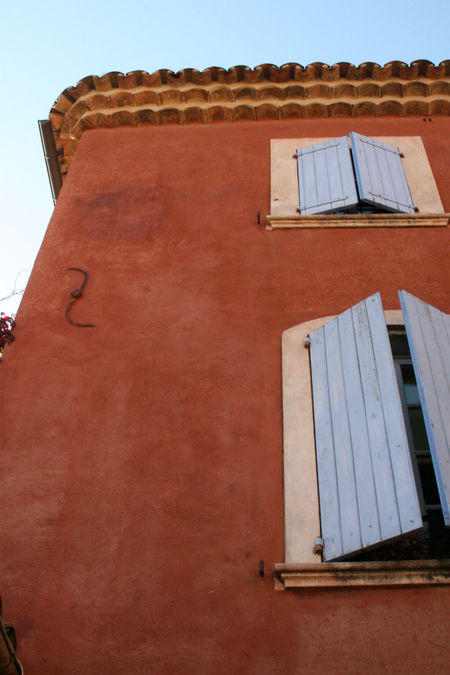
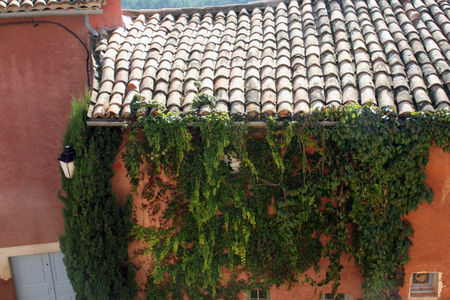
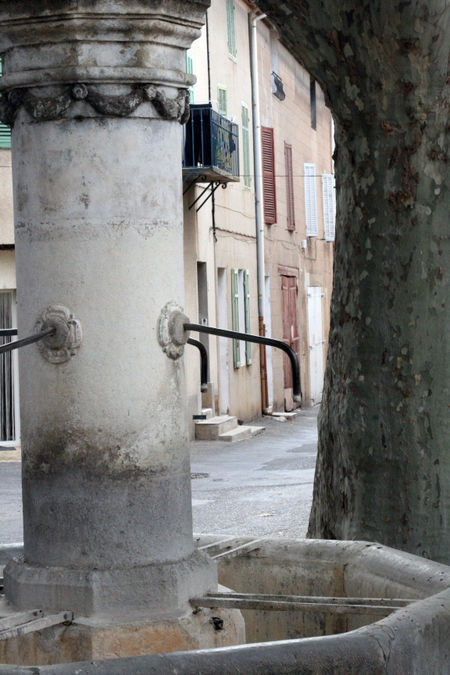
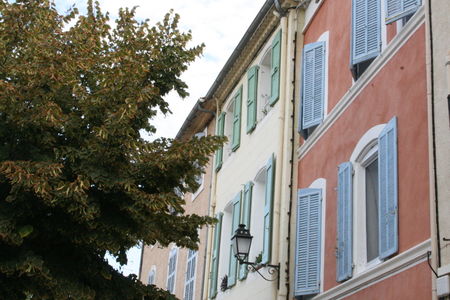
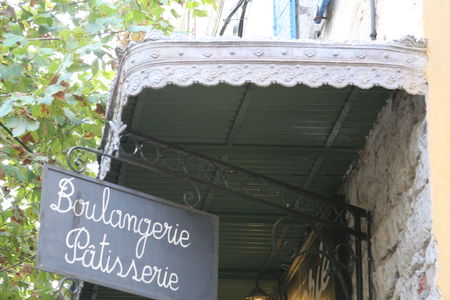
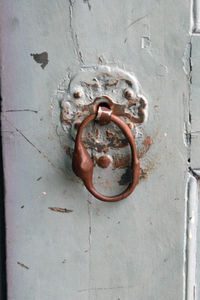
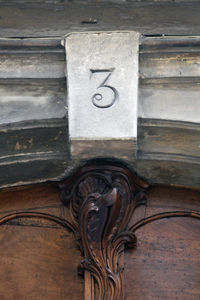
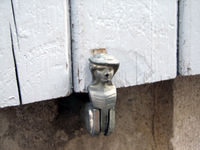

Leave a Reply